
News
Middle School Chinese Department: Every Treasure Tells a Story
If every treasure could speak, how many wonderful stories would be created? On the afternoon of May 21th 2021, ancient Chinese national treasures from the pre-Qin Period to the Ming and Qing Dynasties came across time and space and gathered together! The sixth-grade students of SHSID introduced various national treasures they were familiar with, showing us the long historical stories and culture behind these treasures, including bronze, porcelain, painting, and calligraphy.
Bronze
The students introduced different bronze wares through vivid speeches and impressive performances. For example, The Four-goat Square Zun, a peculiar shape bronze ware, fully reflects the advanced casting technology of the Shang Dynasty. The Sword of King Goujian of Yue, known as “the first sword in the world,” has not rusted after thousands of years and was still sharp when unearthed. Other bronze wares included a statue with a beautiful dragon and tiger pattern, a galloping horse treading on a flying swallow, a standing bronze figure, and many more. All of them have a long history and fully reveal the consummate craftsmanship of ancient China.
Porcelain
To present porcelains, students played the roles of “Ding Ware Baby Pillow from the Northern Song Dynasty” as well as “Blue and White Guiguzi Downhill Pot of theYuan Dynasty.” There was fierce competition between these two national treasures as the students showed off many of the characteristics while telling the long history and legendary stories associated with each one. The two treasures drew enthusiastic applause from the audience.
Painting and Calligraphy
The display of calligraphy and painting brought by the students was also fantastic. One of the Top 10 famous ancient Chinese paintings, “Five Oxen,” depicts five cows of different looks, personalities, and ages. Some of them are strong and swaying, and some of them are plump and walking steadily. The well-known painting “Along the River During the Qingming Festival (Qingming Shanghe Tu)” was also presented. It is more than five meters long and records the appearance of the capital city of the Northern Song Dynasty and the living conditions of people from different social classes, which has extremely high artistic value.
Cultural relics are important witnesses of Chinese history and have extraordinary significance and values. We believe that every student has experienced the unique charm of Chinese history and culture through the research and presentations of these precious national treasures!
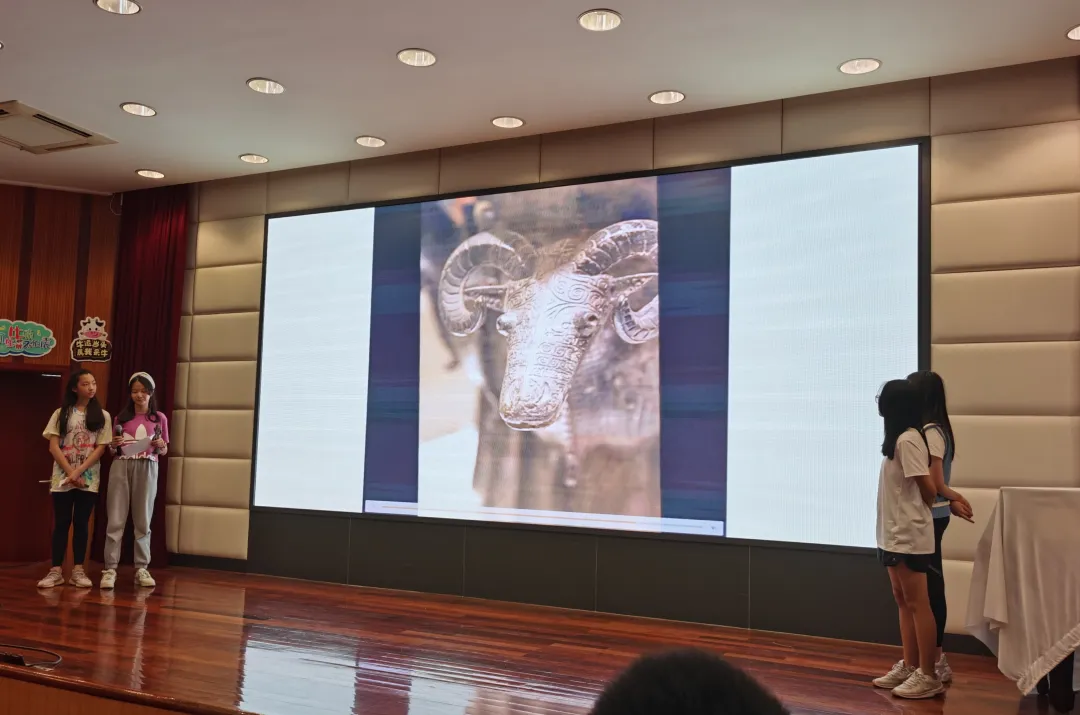
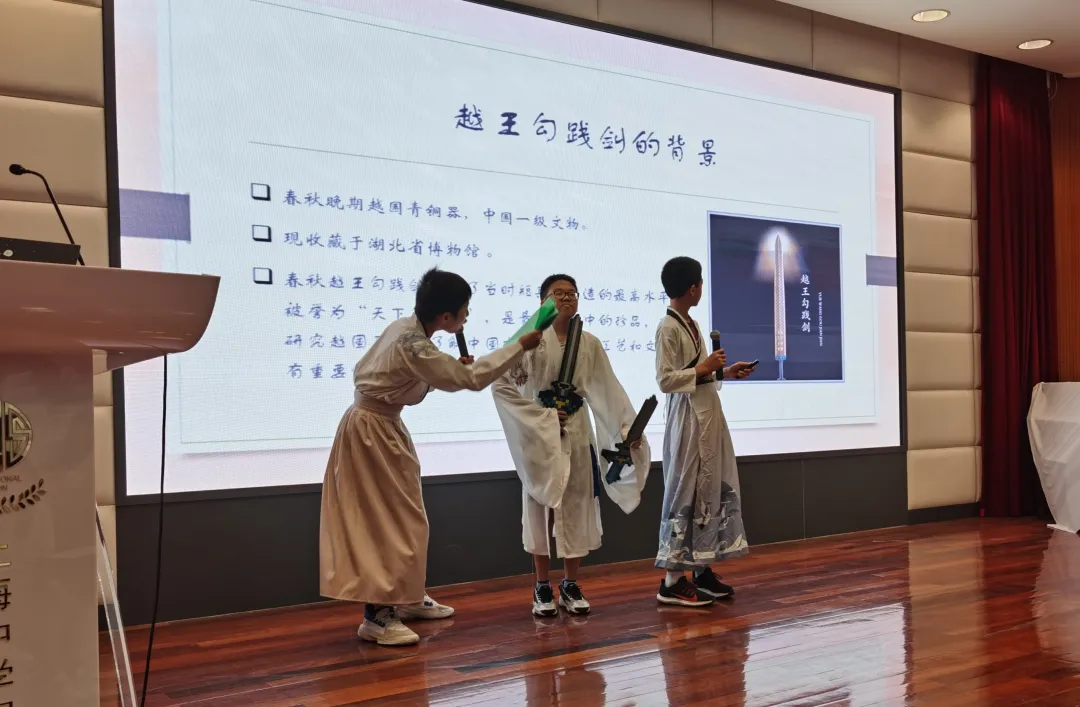
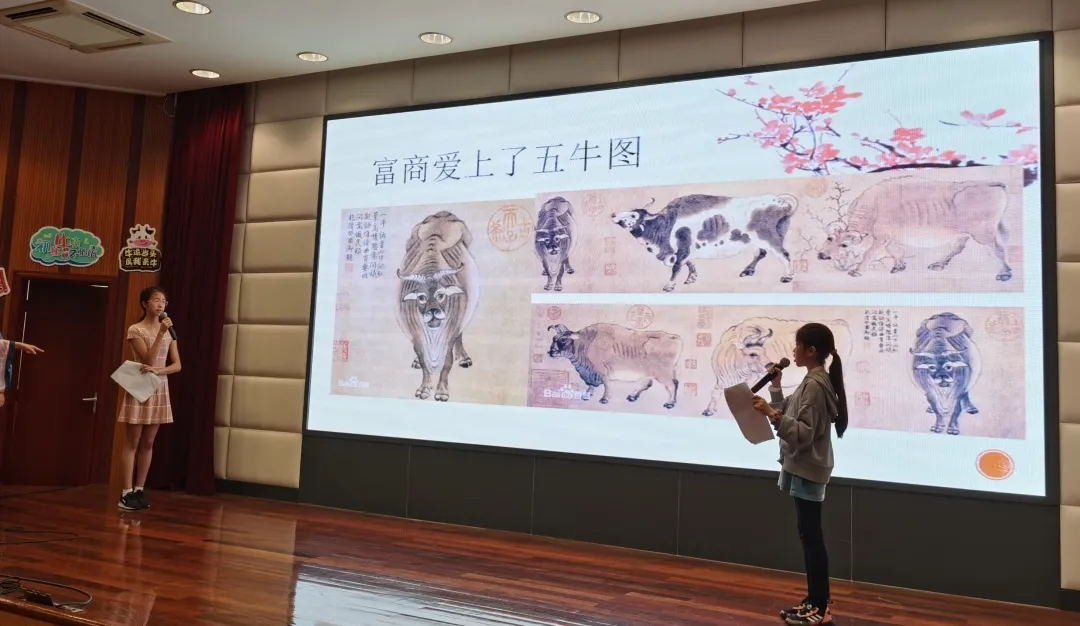
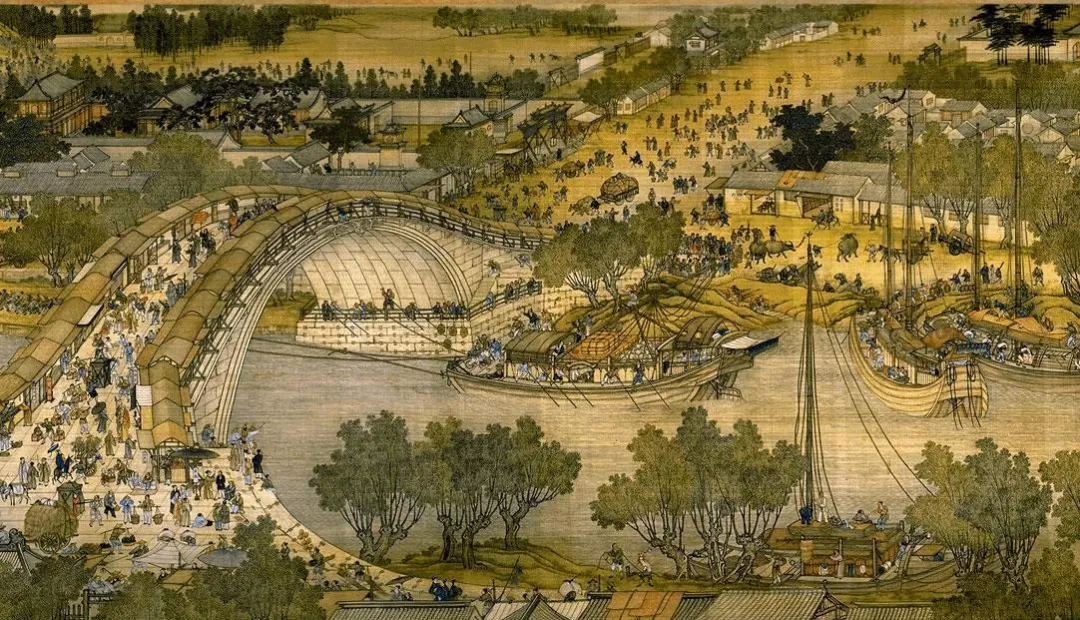
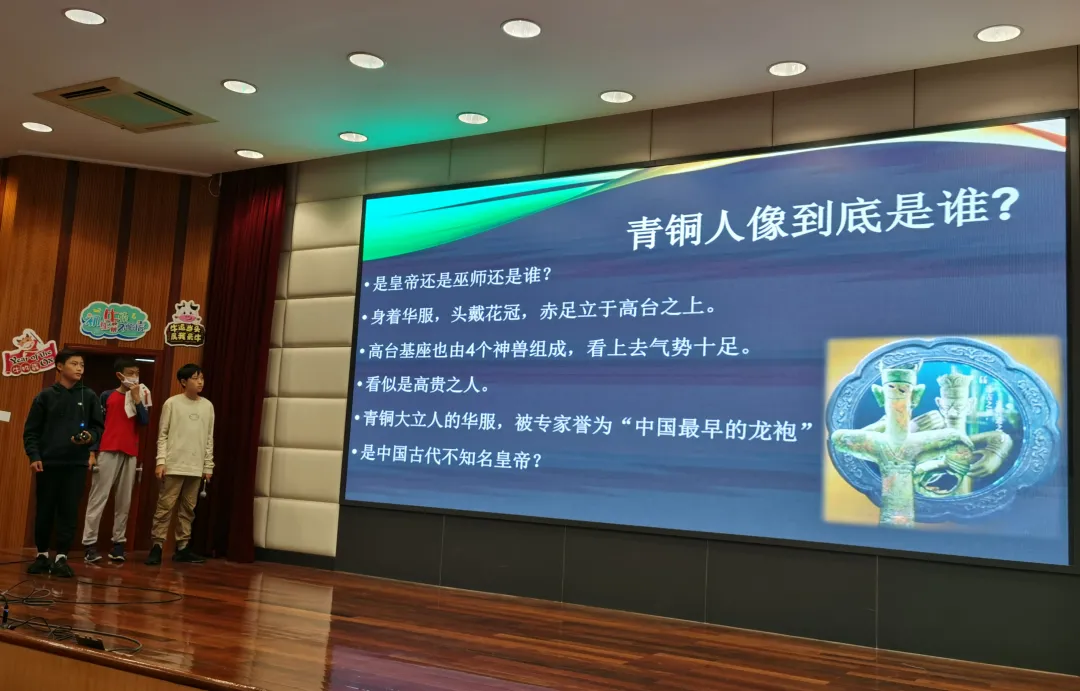
(Written by Liu Cong, ZhaoShuyi Pictures by Liu Cong Edited by Huang Shiyuan, Mikah Jimenez)











